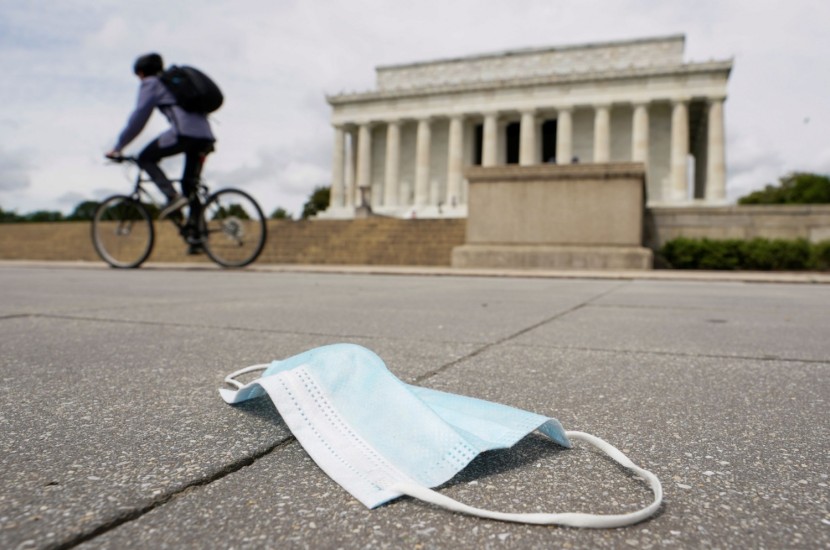
The coronavirus disease (COVID)-19) that caused the current pandemic may not be as deadly as initially thought by the public according to an analysis made by a statistician from Stanford.
According to Dr. John Ioannidis, in his analysis of the deaths caused by a coronavirus, the fatality rate is only between 0.2%-0.4%. This range is lower than what was initially reported which is 1% and above and is very close to the death rate of the seasonal flu, which is 0.1%.
In a report by Mercury News, Dr. Ioannidis stated in his analysis that despite COVID-19 being a formidable threat to the health of people worldwide, the Infection Fatality Rate (IFR) of the disease is lower than what was initially reported. He also said that this should be welcomed as a piece of evidence that COVID-19 is not as deadly as it was reported to be.
However, he stressed that his calculations do not mean that SARS-CoV-2, the causative agent of COVID-19 does not pose serious danger. This is supported by the fact that the number of deaths caused by COVID-19, even with the restrictions imposed is still greater by a large number than those caused by the flu.
In a report by The New York Times, according to an expert in pandemics and associate professor of Public Health from UC Irvine, Andrew Noymer, the reason that the death count of COVID-19 is much higher than the flu is that the latter has an annual vaccine and COVI-19 does not. Thus, more people are susceptible to COVID-19 than with flu.
It was also stated in the analysis by Dr. Ioannidis, that the true death rate is very difficult to determine while still in the middle of a pandemic. This is because the estimates are based on the confirmed cases rather than the true number of infections, which led to the possible overestimation of the virus' lethality.
Moreover, Dr. Ioannidis chose at a dozen of studies wherein seroprevalence is measured and showed the number of people in a population of samples that have developed antibodies against COVID-19. With this, he estimated the IFR by dividing the said number of people with antibodies by the number of deaths among people in the 12 studies.
According to him, the results showed that the rates only ranged from 0.25 to 0.4%.
Critics say calculations are flawed
However, Dr. Ioannidis' analysis was quickly called out by critics who said his work was flawed. The said critics also questioned the integrity of the studies that were chosen which included fatalities in blood donors who were healthy, but not a Spanish study on seroprevalence that was recently published and set the IFR to 1% to 1.3% which is at least three times the highest estimate in his analysis.
Meanwhile, Noymer agreed to the fact that the death rate is indeed lowed than what was initially estimated. But he said that this is expected given that there is still a growing case count. He also noted that what matters at the moment is the fact that the virus has killed many people in the US and worldwide making it very deadly.
© 2025 HNGN, All rights reserved. Do not reproduce without permission.








